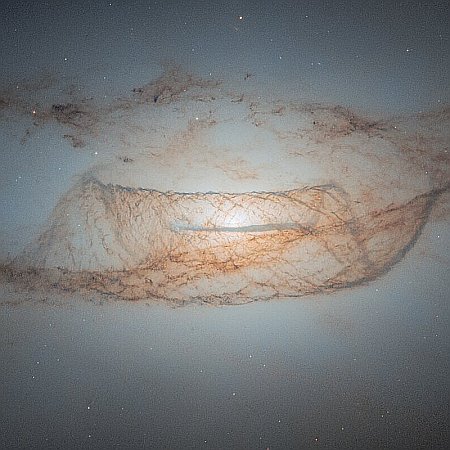Lithuania signs Artemis Accords
Lithuania yesterday became the 40th nation to sign the Artemis Accords, joining the American alliance for exploring the solar system.
The alliance now includes these nations: Angola, Argentina, Australia, Bahrain, Belgium, Brazil, Bulgaria, Canada, Columbia, Czech Republic, Ecuador, France, Germany, Greece, Iceland, India, Israel, Italy, Japan, Lithuania, Luxembourg, Mexico, the Netherlands, New Zealand, Nigeria, Poland, Romania, Rwanda, Saudi Arabia, Singapore, Slovenia, South Korea, Spain, Sweden, Switzerland, the United Kingdom, the United Arab Emirates, the Ukraine, the United States and Uruguay.
The press release for this announcement differed slightly from the last few, all of which emphasized how the accords were designed to “reinforce” the Outer Space Treaty, the exact opposite of its original goals, which was to build an alliance of nations focused on getting around or eliminating the restrictions of the Outer Space Treaty on private property in space. Today the press release was more vague:
NASA, along with the Department of State and seven other nations, established the Artemis Accords in 2020 to lay out a set of principles grounded in the Outer Space Treaty of 1967 and three related space treaties. With the commitment of now 40 nations, the accords community will facilitate a long-term and peaceful presence of deep space exploration for the benefit of humanity.
Does this mean the Biden administration is going to return to the accords’ original goal? I doubt it. I think instead they decided they needed to be less obvious about their new intentions, which increasingly appears to be to use this alliance to foster globalist international cooperation aimed at keeping all power and legal control in the hands of the governments themselves.
Lithuania yesterday became the 40th nation to sign the Artemis Accords, joining the American alliance for exploring the solar system.
The alliance now includes these nations: Angola, Argentina, Australia, Bahrain, Belgium, Brazil, Bulgaria, Canada, Columbia, Czech Republic, Ecuador, France, Germany, Greece, Iceland, India, Israel, Italy, Japan, Lithuania, Luxembourg, Mexico, the Netherlands, New Zealand, Nigeria, Poland, Romania, Rwanda, Saudi Arabia, Singapore, Slovenia, South Korea, Spain, Sweden, Switzerland, the United Kingdom, the United Arab Emirates, the Ukraine, the United States and Uruguay.
The press release for this announcement differed slightly from the last few, all of which emphasized how the accords were designed to “reinforce” the Outer Space Treaty, the exact opposite of its original goals, which was to build an alliance of nations focused on getting around or eliminating the restrictions of the Outer Space Treaty on private property in space. Today the press release was more vague:
NASA, along with the Department of State and seven other nations, established the Artemis Accords in 2020 to lay out a set of principles grounded in the Outer Space Treaty of 1967 and three related space treaties. With the commitment of now 40 nations, the accords community will facilitate a long-term and peaceful presence of deep space exploration for the benefit of humanity.
Does this mean the Biden administration is going to return to the accords’ original goal? I doubt it. I think instead they decided they needed to be less obvious about their new intentions, which increasingly appears to be to use this alliance to foster globalist international cooperation aimed at keeping all power and legal control in the hands of the governments themselves.











